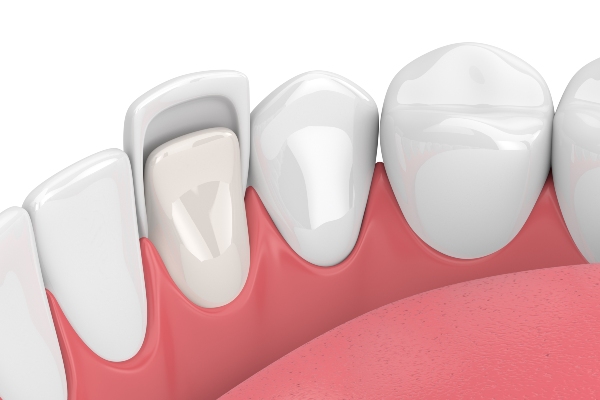What Is ClearCorrect®?

ClearCorrect® offers patients with mild to moderate dental misalignment a more affordable way to achieve a straighter smile. There are many benefits to ClearCorrect® treatment when compared to traditional braces and other orthodontic options, and understanding what ClearCorrect® is and how it works can help you decide whether it is right for you.
An overview of ClearCorrect®
Anyone who is not happy with the alignment of their smile due to a minor to moderately sized misalignment should consider how ClearCorrect can benefit them. The following is a complete review of ClearCorrect, including insights into how the process works, how it is beneficial, who makes an ideal candidate, and how to care for teeth properly during treatment.
ClearCorrect explained
ClearCorrect is a type of clear aligner treatment that utilizes custom-crafted transparent trays that fit over teeth to pull them into better alignment. ClearCorrect aligners are essentially invisible to others, so patients can straighten their smile discreetly. The process typically starts with a consultation visit. On the visit, the patient and the dentist can discuss the treatment option then take dental impressions to allow for the customization of the aligners. Once the ClearCorrect aligners arrive, the patient can begin treatment, which can take anywhere from six months to two years.
The benefits of ClearCorrect
When compared to traditional braces, many patients choose ClearCorrect due to the cosmetic benefits they offer during treatment. ClearCorrect aligners are transparent, which makes them ideal for teenagers and adults who are worried about how they would look with more visible orthodontic appliances. Also, ClearCorrect aligners are removable, so patients can continue their normal oral care routine and have fewer food restrictions. Ultimately, the primary benefits of ClearCorrect treatment are straighter teeth and a more attractive smile in the long term.
When to consider ClearCorrect
ClearCorrect is most appropriate for patients who have a minor to moderate dental misalignment, whereas patients with severe misalignments may benefit more from traditional braces treatment. Several of the more common issues that ClearCorrect can treat include:
- Crooked teeth
- Overcrowding
- Gaps between teeth
- Jaw misalignments
The best way to determine whether ClearCorrect is appropriate is to discuss treatment with a ClearCorrect provider. In general, anyone who is not happy with their smile because of any of the aforementioned concerns should consider scheduling a consultation.
Tips for successful ClearCorrect treatment
The dentist or orthodontist you choose should guide you through the treatment process. However, while at home, patients should practice good oral hygiene through a consistent brushing and flossing schedule, avoid foods and drinks that may increase the risk of dental cavities or oral infection, and wear the clear aligners as directed, which is typically at least 20 to 22 hours each day.
Schedule a ClearCorrect® consultation
You can schedule a ClearCorrect consultation with our team today if you are concerned about your appearance, oral health, or have functional concerns due to teeth or jaw misalignments. Contact us today and we will answer your questions and get you started on your journey to a better smile.
Request an appointment here: https://www.smilebeautification.com or call Precision Smiles. at (201) 204-1355 for an appointment in our Hackensack office.
Check out what others are saying about our services on Yelp: Read our Yelp reviews.
Recent Posts
Dental veneers can improve your dental health. Your dentist can present many types of this dental restoration. Understanding the types of veneers available can broaden your options. Here are the different types of dental veneers that you must consider.These are the most common types of dental veneers. The material in these restorations is feldspar, which…
Dental veneers help patients achieve a picture-perfect smile. However, these wafer-thin shells go over the natural teeth, which begs the question: Are dental veneers comfortable? When installed correctly, veneers feel just like your real teeth. In this article, we will explore veneers, how they work, and how they manage to feel and look natural.Veneers help…
Dental veneers are often more advantageous than other cosmetic dental procedures. Some cosmetic dental procedures are quick but need retreatment. Others need preparation and months to be effective. Veneers take a short time to get but can last for at least a decade with proper care and maintenance. Knowing the benefits of these restorations over…
If you are one of the many individuals who suffer from TMJ, you may be researching the effects Botox® has on this problem. Believe it or not, it can work to help some of the unfortunate aspects of this condition. TMJ can sometimes make everyday activities and simple things we take for granted, like chewing,…


